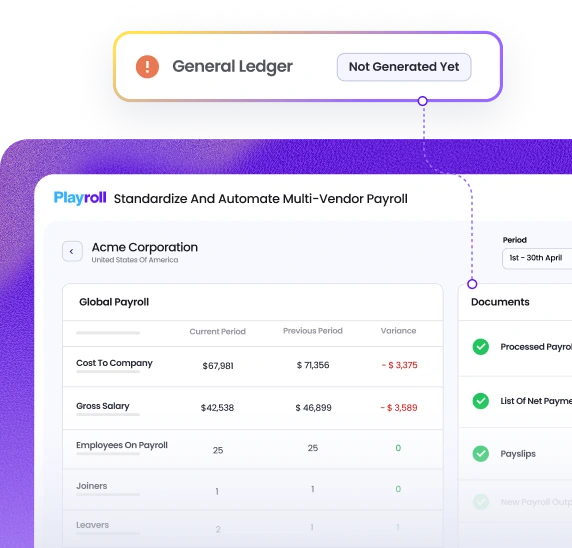What is a Good Salary in North Dakota?
What is considered a 'good' salary can vary based on factors like location, lifestyle, and industry. A salary in the range of $50,000 to $70,000 is generally considered comfortable for a single person in North Dakota. High-paying fields like Healthcare and Engineering can offer salaries reaching up to $400,000 or more, while more common roles such as Registered Nurses (RNs) typically earn around $44.70/hour, or about $93,000 annually.
Average Salary by Cities in North Dakota
The cost of living can vary widely from one city to another, and that impacts both how far salaries stretch and what professionals expect in terms of pay. Cities with higher living costs – like those with hot housing markets or tech hubs – tend to have higher salary expectations.
Familiarizing yourself with the average salary ranges per location can help you plan better and make sure your compensation packages are in line with local expectations to attract and retain top talent. Here’s a quick look at salary ranges across different cities in North Dakota, to get a sense of competitive salaries based on local factors:
| City | Monthly Salary | Annual Salary |
|---|
| Fargo | $5,276 | $63,321 |
| Bismarck | $5,702 | $68,429 |
| Grand Forks | $4,936 | $59,235 |
| Minot | $4,546 | $54,560 |
| West Fargo | $3,917 | $47,000 |
Salary Earnings Based on Experience Level in North Dakota
Salaries naturally increase with experience – this applies to both new hires and existing team members. When planning for new positions, it's important to consider how salary ranges change at different seniority levels. This will help ensure you're meeting salary expectations, retain employees and create a fair working environment.
Here’s a breakdown of how monthly and annual salary ranges grow with experience in North Dakota:
| Experience Level | Monthly Salary | Annual Salary |
|---|
| Entry-Level Jobs (0-2 years experience) | $3,577 | $42,920 |
| Mid-Level Jobs (3-5 years experience) | $4,167 | $50,000 |
| Senior Roles & Managers | $4,594 | $55,131 |
| Executive & C-Level | $7,919 | $95,035 |
Average Salaries by Job Title in North Dakota
Building a competitive compensation package means knowing what the going rate is for specific roles. We’ve compiled the most recent salary data by job title for North Dakota, making it easier for you to compare roles, match your offers with the market, and make sure your team is paid fairly.
| Job Title | Monthly Salary | Annual Salary |
|---|
| Software Developers | $7,083 | $85,000 |
| Lawyers | $8,117 | $97,400 |
| Office Clerks | $2,917 | $35,000 |
| Marketing Managers | $6,750 | $81,000 |
| IT Support Specialists | $4,417 | $53,000 |
Highest Paying Jobs in North Dakota
- Surgeons: $400,000+
- Anesthesiologists: $350,000+
- Orthodontists: $330,000+
- Psychiatrists: $290,000+
- Chief Executives (CEOs): $250,000+
- Dentists: $230,000+
- Pharmacists: $140,000+
- IT Managers: $110,000+
- Petroleum Engineers: $100,000+
- Architectural and Engineering Managers: $95,000+
Monthly Cost of Living in North Dakota
In North Dakota, the cost of living is well below the national average, making it an affordable state for residents. Housing expenses are about 14% lower than the national average, with affordable options available in both urban and rural areas. Utility costs are also lower, running about 6% below the national average. Transportation expenses, including gas prices, are slightly below the national average, with costs around 3% lower, thanks to the state’s relatively low traffic congestion and shorter travel distances.

Median Home Price
$280,832

Energy Bill
$121.98
/ month
Compliant, In-State Payroll Processing in the U.S. with Playroll
We cut payroll processing time by 80%, ensure full compliance, and provide hands-on support for both employers and employees.
-

Local, state-accurate payroll execution
-

Consolidate payroll inputs and variance reporting
-

State-specific compliance, taxes, and filings built-in







.svg)
.svg)
.svg)








.svg)



.png)
.webp)
.webp)








.svg)